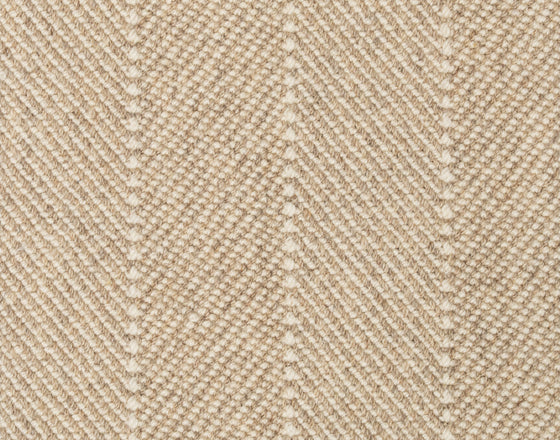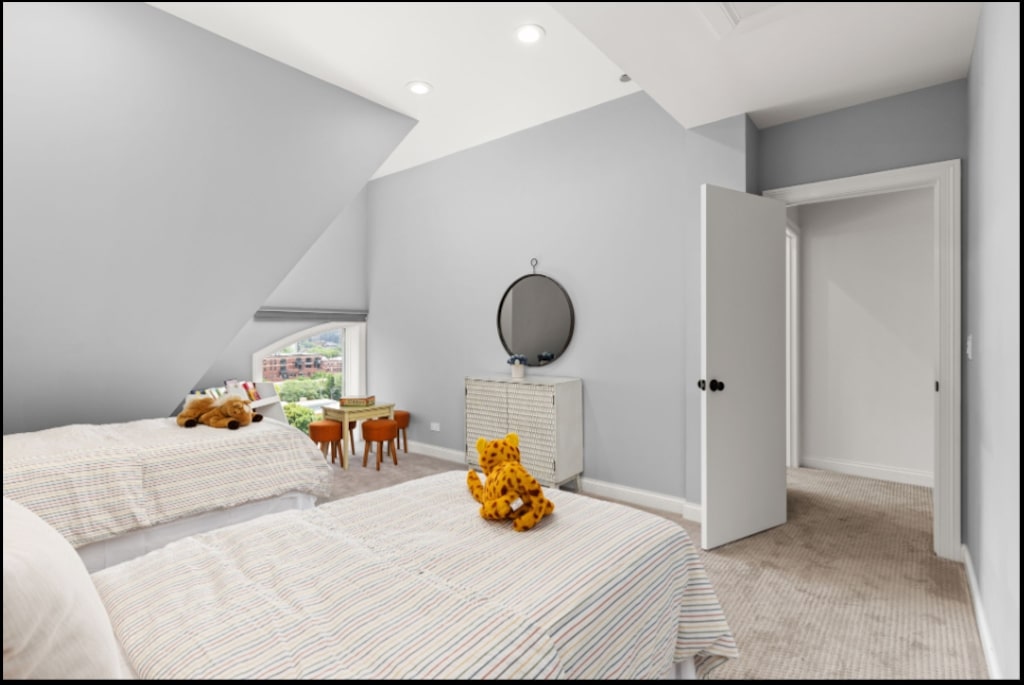The next time you’re in a restaurant and are having a hard time hearing your dinner companion, look around. Chances are the floor and walls are hard surfaces, which mean that all the sounds made in the restaurant are just bouncing around without much opportunity for absorption.
Sound is transmitted by the vibration of air molecules. So, if you are surrounded by hard surfaces, any sound is reflected back into the room.
- Is carpet soundproof?
- How does carpet absorb sound?
- How much does carpet reduce noise?
- Does carpet help with soundproofing?
- Check out these products
Is carpet soundproof?
Carpets are extremely effective sound absorbers because the individual fibers, piles tufts and underlay have different resonant frequencies at which they absorb sound.
How does carpet absorb sound?
Wool carpets are extremely effective with carpet sound absorption. The acoustic underlayment for carpet has millions of wool fibers in an area of carpet have a range of lengths, diameters, crimps and spirality, which enables them to absorb sounds over a wider range of frequencies.


How much does carpet reduce noise?
Typically, carpets can reduce airborne noise by 35%; however, tests of wool carpets of varying constructions produced an average noise reduction of 46%. With underlay, reductions of 50% to 70% were achieved.
Does carpet help with soundproofing?
It is important to note that sound absorption will be lower if the carpet backing is too impermeable. The ultimate combination for noise absorption is a wool carpet with a wool underlay. Also, cut-pile carpet will absorb more than loop, because of the more open nature of its surface.
In addition to verbal noise we also generate surface noise. Surface noise in a room is the sound from footsteps, dropped objects and furniture movement. Bare tile floors produce 7-12 times more surface noise than carpets, which cushion the impact of the noise, absorbing and deadening the sound.
This type of noise control is particularly important in busy restaurants and other locations where people need to be able to communicate amidst a lot of activity.
Overall, by reducing the noise levels and reverberation times, wool carpet improves a room’s acoustics, whether it is in a public facility or your home. Background noises disappear; speech comprehensibility increases and occupants automatically speak in a softer, more relaxed voice, rather than generating even more noise by trying to make themselves heard above the sound around them.
Check out these products.











